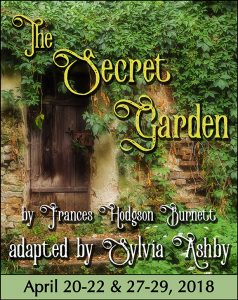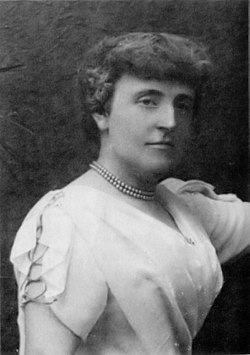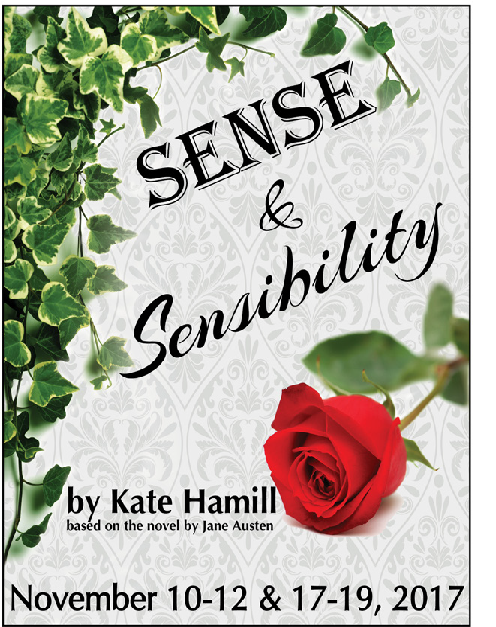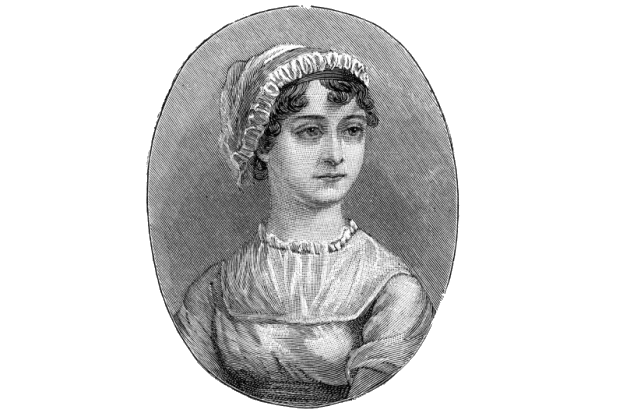Frances Hodgson Burnett, writer of classics
 The first in a series of posts on the background of all for One’s The Secret Garden, which opens April 20, 2018. For tickets, call (260) 422-4226.
The first in a series of posts on the background of all for One’s The Secret Garden, which opens April 20, 2018. For tickets, call (260) 422-4226.
Who was the woman who gave the world two of its most beloved children’s classics? She was not perhaps quite what you might have expected.
- Her books were all set in the British Isles, but she left England as a teen and did not return for some years. In fact, the last years of her life were spent on Long Island, where she is buried.
- She wrote famously of little girls, but she bore only sons.
- Her books focus on comfortably wealthy families, but she experienced a “riches to rags” life and only regained financial stability by long years of perseverance as a writer.
- Her stories are full of lively and optimistic characters, but she suffered from depression on and off throughout her life.



 All the period music used in our production was recorded on a Casio Privia (PX 350M) digital keyboard. The pieces marked “arranged” had added instrumentation (french horn, contra bass, bassoon, etc). For the two Beethoven Symphonies, a one-piano four-hand edition was used to create the orchestrations. The pieces marked “altered” were amended in some way: measures removed, tempos significantly changed.
All the period music used in our production was recorded on a Casio Privia (PX 350M) digital keyboard. The pieces marked “arranged” had added instrumentation (french horn, contra bass, bassoon, etc). For the two Beethoven Symphonies, a one-piano four-hand edition was used to create the orchestrations. The pieces marked “altered” were amended in some way: measures removed, tempos significantly changed. 

